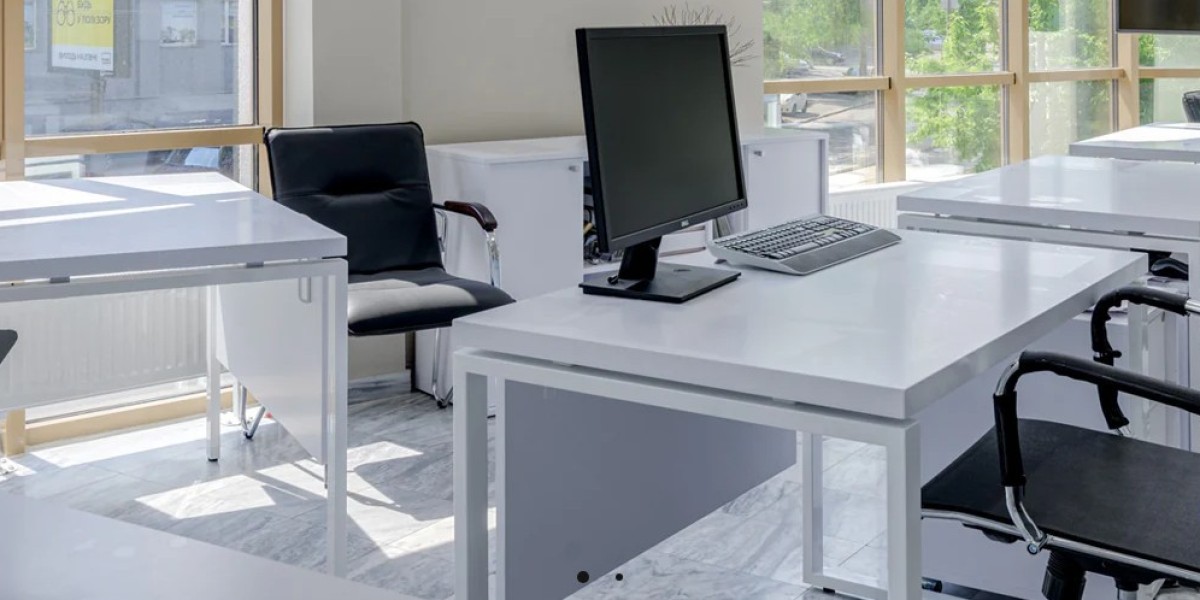Office furniture plays a crucial role in influencing employee well-being, impacting both physical health and psychological comfort. Well-designed furniture can enhance productivity, reduce stress, and contribute to a more positive and engaged workforce. Here’s a detailed look at how office furniture affects employee well-being:
1. Ergonomics and Physical Health
Posture and Comfort
- Ergonomic Chairs: Chairs that offer adjustable features such as seat height, lumbar support, and armrests promote proper posture and reduce strain on the back, neck, and shoulders. Proper ergonomics can prevent musculoskeletal disorders and chronic pain.
- Sit-Stand Desks: Desks that allow for both sitting and standing help to combat the negative effects of prolonged sitting, such as back pain and poor circulation. Alternating between sitting and standing can improve overall comfort and reduce fatigue.
Movement and Flexibility
- Adjustable Desks: Desks with height adjustability support various working positions, allowing employees to find their most comfortable and productive setup. This flexibility can also accommodate different body types and preferences.
- Anti-Fatigue Mats: For those who use standing desks, anti-fatigue mats provide cushioning and support, reducing the discomfort associated with prolonged standing.
2. Psychological Well-Being
Stress Reduction
- Comfortable Seating: High-quality, comfortable seating can reduce stress and discomfort, creating a more pleasant work environment. Comfort in the workspace contributes to overall job satisfaction and reduces feelings of burnout.
- Quiet and Relaxation Areas: Designing spaces for relaxation and quiet reflection, such as lounge areas with comfortable furniture, can help employees unwind and manage stress, leading to better mental health and productivity.
Aesthetic Appeal
- Design and Ambiance: Aesthetically pleasing furniture and a well-designed workspace can positively influence mood and motivation. Bright, inviting designs and personalized spaces can create a more engaging and enjoyable work environment.
- Biophilic Design: Incorporating natural elements and materials into office furniture design, such as plants and wood finishes, can enhance feelings of well-being and connection to nature.
3. Productivity and Focus
Workstation Functionality
- Multi-Functional Furniture: Furniture that supports various tasks and functions, such as desks with built-in storage or collaborative tables, can improve efficiency and organization. A well-organized workspace contributes to better focus and productivity.
- Task Lighting: Proper lighting, including adjustable desk lamps and overhead lights, reduces eye strain and supports concentration. Good lighting is essential for maintaining energy levels and preventing headaches.
Personalization
- Customizable Workspaces: Allowing employees to personalize their workspaces with adjustable furniture and accessories can increase comfort and satisfaction. Personalization helps employees feel more connected and invested in their work environment.
4. Collaboration and Social Interaction
Collaborative Furniture
- Flexible Layouts: Furniture that supports collaborative work, such as movable partitions and group seating, encourages teamwork and social interaction. Positive social interactions at work can enhance job satisfaction and overall well-being.
- Breakout Spaces: Creating areas for informal meetings and social interactions with comfortable, inviting furniture fosters a sense of community and support among employees.
Privacy Solutions
- Acoustic Panels: Incorporating acoustic panels or sound-absorbing materials helps reduce noise and create quieter workspaces. This is essential for concentration and reducing stress caused by a noisy environment.
- Private Zones: Designating quiet zones or private workspaces with appropriate furniture allows employees to focus on tasks without distractions, contributing to better mental clarity and productivity.
5. Flexibility and Adaptability
Adaptive Furniture
- Modular Designs: Modular and flexible furniture allows for easy reconfiguration of workspaces to meet changing needs. This adaptability supports a dynamic work environment and helps employees stay comfortable and productive.
- Hybrid Workstations: Furniture that accommodates both in-office and remote work needs ensures a consistent and supportive environment, whether employees are working from the office or home.
6. Employee Engagement and Satisfaction
Inclusive Design
- Accessibility: Furniture designed with accessibility in mind, such as adjustable desks and inclusive seating options, ensures that all employees can work comfortably and efficiently. This promotes a sense of belonging and value.
- Employee Feedback: Involving employees in the furniture selection process and seeking their feedback can lead to better satisfaction and engagement. Understanding their needs and preferences helps create a workspace that truly supports their well-being.
Conclusion
Office furniture has a profound impact on employee well-being, influencing physical health, psychological comfort, productivity, and job satisfaction. By prioritizing ergonomics, comfort, aesthetics, and flexibility, organizations can create workspaces that enhance employee well-being and foster a positive work environment. Thoughtful furniture design not only improves individual comfort but also contributes to a more engaged, productive, and satisfied workforce.








